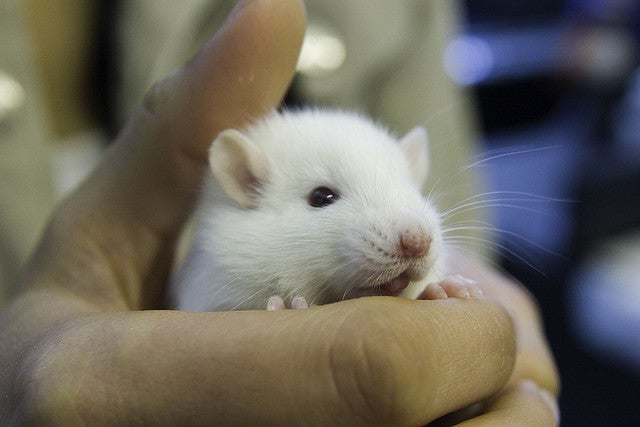Scientists Plant False Short-Term Memories Directly In Rodent Brains
Research paves the way for identifying the brain circuitry involved in making memories

For the first time, scientists have implanted false memories directly into pieces of cut-out rodent brain tissue, storing different types of short-term memory and proving the brain cells can store information about specific contexts. The memories lasted 10 seconds inside in vitro brain tissue, meaning brain tissue stored in a test tube was able to remember — albeit very briefly.
Neuroscientists at the Case Western Reserve University School of Medicine took slices of rodent brain and stimulated neural pathways in the hippocampus to introduce patterns of activity. The neural circuits maintained the memory of this simulated input for more than 10 seconds, the researchers say. They could tell because the brain cells were behaving differently, and in a way that called to mind monkey brain activity in a different short-term memory study.
The research could help scientists understand how short-term memories are developed and stored in the brain. Short-term memory, like remembering an email address someone just told you, uses a different neural pathway than the type of learning memory needed to do something like play the piano or ride a bike. Degenerative brain diseases impact these types of memory in different ways, and understanding the differences could help scientists develop treatments for ailments like Alzheimer’s.
“This is the first time anyone has found a way to store information over seconds about both temporal sequences and stimulus patterns directly in brain tissue,” said the lead author, neuroscientist Ben Strowbridge, in a statement. “This paves the way for future research to identify the specific brain circuits that allow us to form short-term memories.”
The paper appears online in Nature Neuroscience.